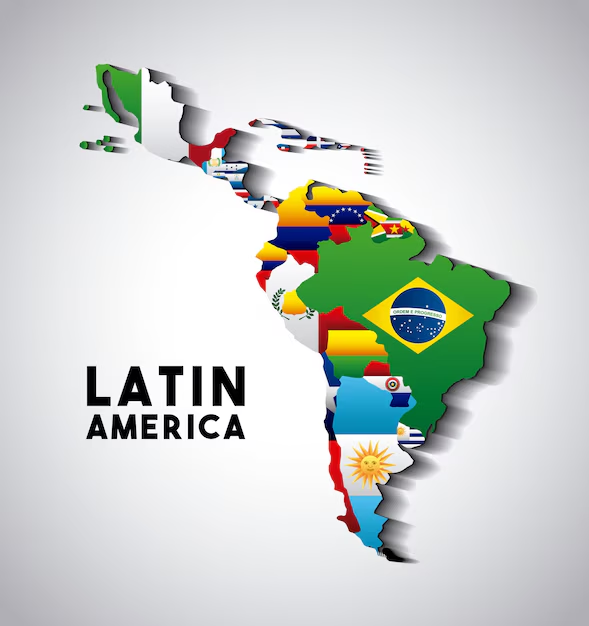Humanitarian Assistance and Disaster Response: South American Regional Cooperation
In today's interconnected world, where natural disasters and humanitarian crises know no borders, international cooperation is crucial for an effective response. North and South America, being home to diverse nations and facing a variety of challenges, have recognized the importance of regional cooperation in addressing these contemporary issues in International Relations.
-
Disasters do not discriminate: Natural disasters such as hurricanes, earthquakes, and floods can strike any nation at any time. By working together, North and South American countries can pool their resources, knowledge, and expertise to provide swift and effective humanitarian assistance.
-
The power of unity: Regional cooperation fosters a sense of unity among nations, promoting mutual trust and understanding. In times of crisis, this unity becomes even more essential, as it enables countries to work hand in hand towards a common goal - the well-being and safety of their citizens.
-
Sharing lessons learned: Every disaster presents an opportunity to learn and improve disaster response mechanisms. By sharing their experiences and lessons learned, North and South American countries can collectively enhance their disaster preparedness and response capabilities, ensuring a more effective and coordinated approach in the future.
-
Strengthening regional institutions: Through cooperation, regional institutions such as the Organization of American States (OAS) and the Union of South American Nations (UNASUR) can be strengthened, providing a platform for dialogue, collaboration, and the exchange of best practices in disaster response and humanitarian assistance.
-
Joint training exercises: By conducting joint training exercises, North and South American countries can enhance their interoperability and coordination, ensuring a smooth and efficient response during times of crisis. These exercises also serve as an opportunity to build trust and foster relationships among military and civilian actors involved in disaster response.
-
Embracing technology: The rapidly advancing field of technology offers numerous opportunities to enhance disaster response efforts. Through regional cooperation, North and South American countries can share their technological advancements, such as early warning systems, drones for search and rescue operations, and data analytics for risk assessment.
-
Building resilient communities: Disaster response efforts should not only focus on immediate relief but also on long-term resilience. By working together, North and South American countries can develop strategies to build resilient communities, which are better equipped to withstand and recover from future disasters.
-
Addressing climate change: Climate change is exacerbating the frequency and intensity of natural disasters. Regional cooperation provides a platform for North and South American countries to collectively address the root causes of climate change and advocate for sustainable practices that mitigate its impact.
-
Leveraging regional resources: Each nation in North and South America possesses unique resources and capabilities that can be shared during times of crisis. Whether it is search and rescue teams, medical personnel, or emergency supplies, regional cooperation allows for the efficient mobilization and utilization of these resources.
-
Cultural exchange and understanding: In times of crisis, cultural differences can sometimes hinder effective communication and coordination. Regional cooperation fosters cultural exchange and understanding, breaking down barriers and enabling countries to work together seamlessly.
-
Strengthening diplomatic ties: Disaster response efforts provide an opportunity for North and South American countries to strengthen their diplomatic ties. By collaborating on humanitarian assistance, nations can build trust and goodwill, laying the foundation for deeper cooperation in other areas of mutual interest.
-
Grassroots involvement: Regional cooperation should not be limited to governments and institutions alone. Encouraging grassroots involvement and community engagement in disaster response efforts can lead to more effective and sustainable solutions.
-
Inspiring future generations: By promoting North and South America unity in disaster response, we inspire future generations to embrace cooperation and work towards a better world. Encouraging young people to develop skills and knowledge in International Relations and humanitarian assistance is key to ensuring a brighter future.
-
Share this article: If you found this article informative and inspiring, we encourage you to share it with your friends and colleagues. Together, we can spread awareness about the importance of regional cooperation in disaster response and inspire others to get involved.
-
UnityInDisasterResponse #BuildingBridgesAcrossAmerica #TogetherWeCanMakeADifference #NorthSouthCooperation




